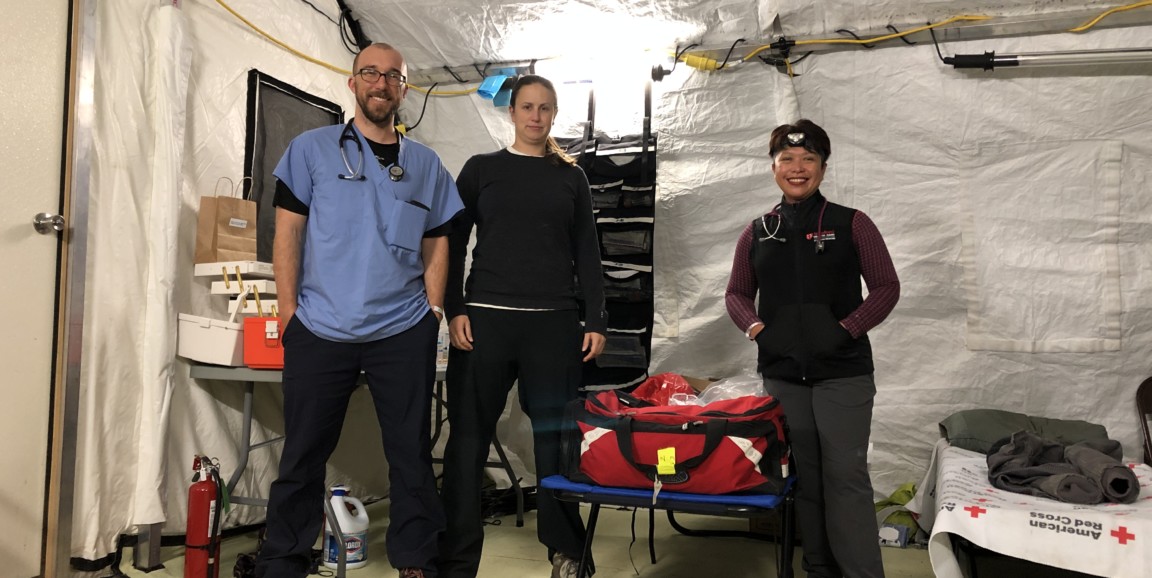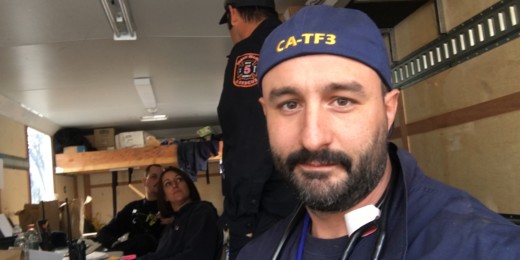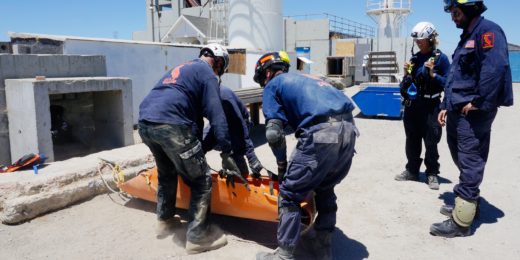Last month we shared the story of an emergency medicine physician who took part in the search and rescue efforts at the Camp Fire. He's just one of many Stanford physicians and nurses who provided aid following the most destructive fire in California’s history, and a recent Inside Stanford Medicine article described their efforts:
The fire was responsible for at least 85 deaths. It destroyed nearly 14,000 homes and scorched 153,000 acres of land. More than 50,000 people were displaced. Some are still in shelters with nowhere else to go. The California Emergency Medical Services Authority called in SEMPER [the Stanford Emergency Medicine Program for Emergency Response] to provide a 'second wave' of medical support for displaced residents.
'We are not treating high trauma,' said Ian Brown, MD, clinical associate professor of emergency medicine at Stanford and a leader of the SEMPER team that was volunteering Nov. 26-29. 'Our biggest concern is infectious disease and chronic conditions, like diabetes, that have gone untreated.'
Carol Conceicao, MD, a second-year emergency medicine resident at Stanford, treated a pregnant patient at the shelter, but also set up a prenatal care plan for her. 'We are setting these patients up for life after this disaster,' Conceicao said.
Humans aren't the only recipients of Stanford care: Veterinary technicians from the medical school's Department of Comparative Medicine each spent a daylong shift in the Chico airport caring for injured cats, dogs, birds, and even a chinchilla, which, it turns out, was in need of a dust bath.
Photo of SEMPER volunteers by Sue Coppa






